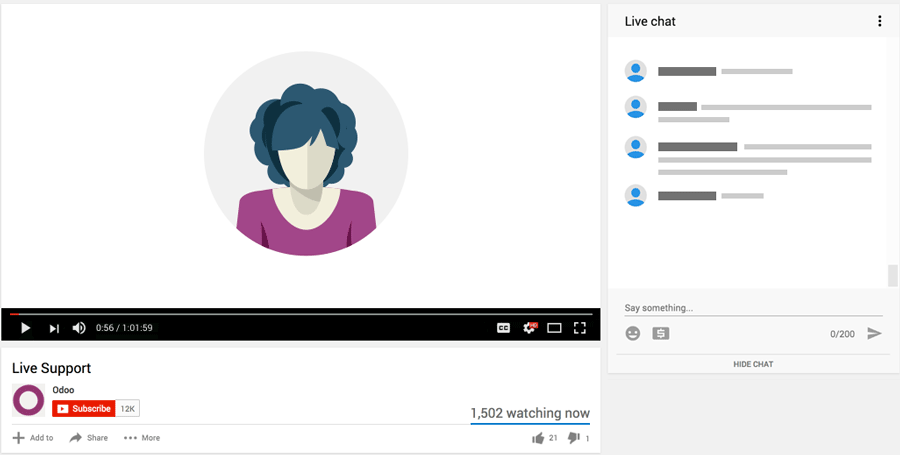When we create a vendor bill in the invoicing module (V14) and use the auto-completion feature, all the lines from the related purchase order are retrieved into the draft bill. Where this creates a problem for us is the following situation:
We have a PO with 15 different products/lines. We receive 14 of the 15 different PO lines. We create a vendor bill and auto-complete the PO lines to populate the bill, and then delete the line we haven't received. At this point we have received and paid 14 of the 15 lines in full. When we receive the final line for that PO and then enter the bill and use the auto-complete function, it still retrieves all 15 lines. The only difference is that it knows we have been fully billed on 14 of the products so it uses a quantity of 0.
In this case, we either have to accept excessive $0 ledger entries or manually remove the excessive lines. This problem creates two separate questions (1) Is there a way to alter the auto-completion function to only retrieve lines that have not already been fully billed? and (2) is there a way to select multiple invoice lines (the list sub-view of the account.move model's form view) and then mass delete them?
I have not found a way to modify the auto-complete or select multiple invoice lines (even with turning "mass edit" on via Studio). It doesn't seem like we should have to resort to customization for something like this, but maybe I am not understanding something.

Ray - thanks for the response. I am aware of the Create Bill function. The method certainly does work and solves the problem at hand. I was originally choosing to forgo that route as that workflow didn't make as much intuitive sense to me.
Our workflow is to have a stack of physical vendor bills in front of us that we enter into the system and match with PO data, as somewhat of a "top-down" format. To me it didn't make as much sense to bounce back and forth between purchasing and invoice apps/screens, in more of a "bottom-up" format. It doesn't make as much sense for the vendor bill entry to be initiated at the purchase order because there will be times when a bill is entered/paid but there is no RFQ/PO driving the purchase. Also from a permission/functional department standpoint, there could be a situation where the accounting department would enter the invoice but not have anything to do with the purchase order and vice versa. Creating the bill from the purchase order model is a very novel way of doing things; there are some neat benefits to this approach, but it seems less intuitive overall to me. It does address the issue at hand though, so I will have to decide if that makes the most sense to do in our case.
Thanks again.